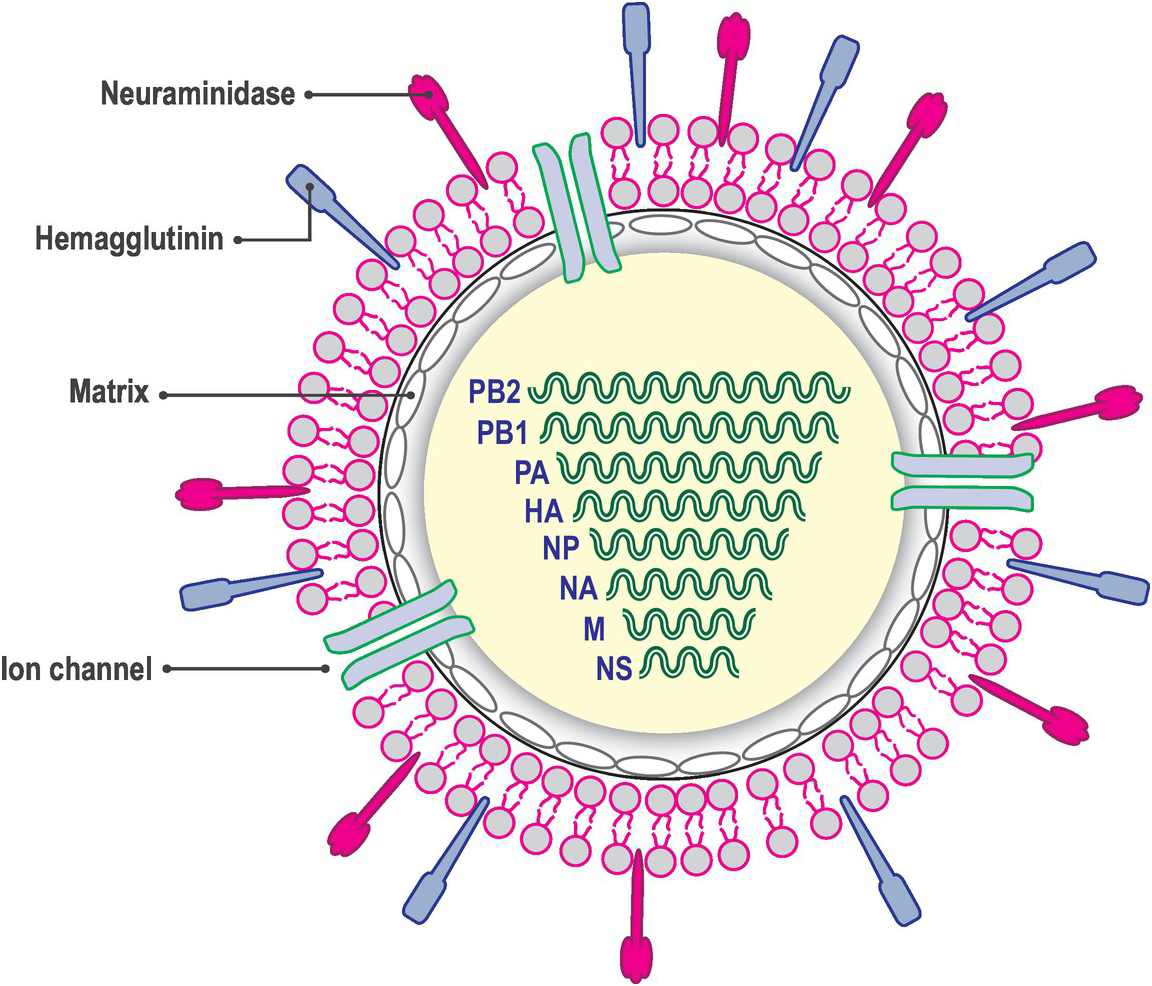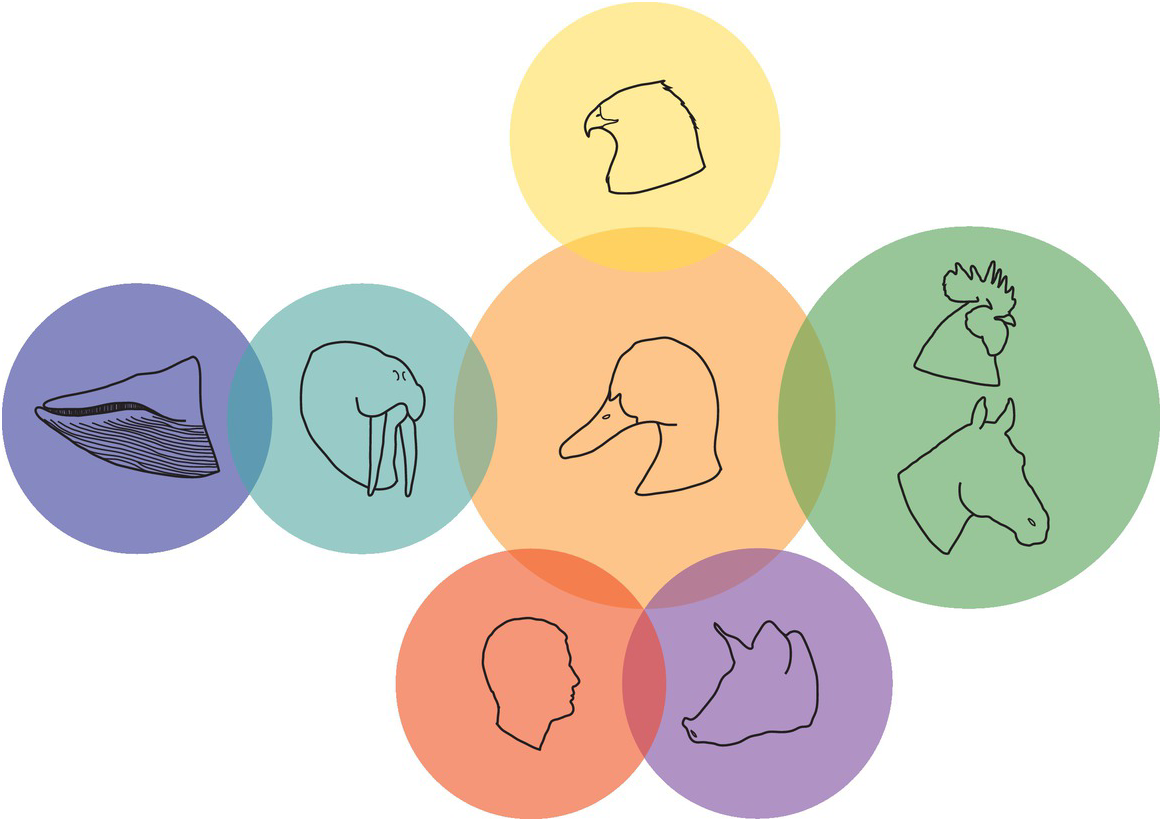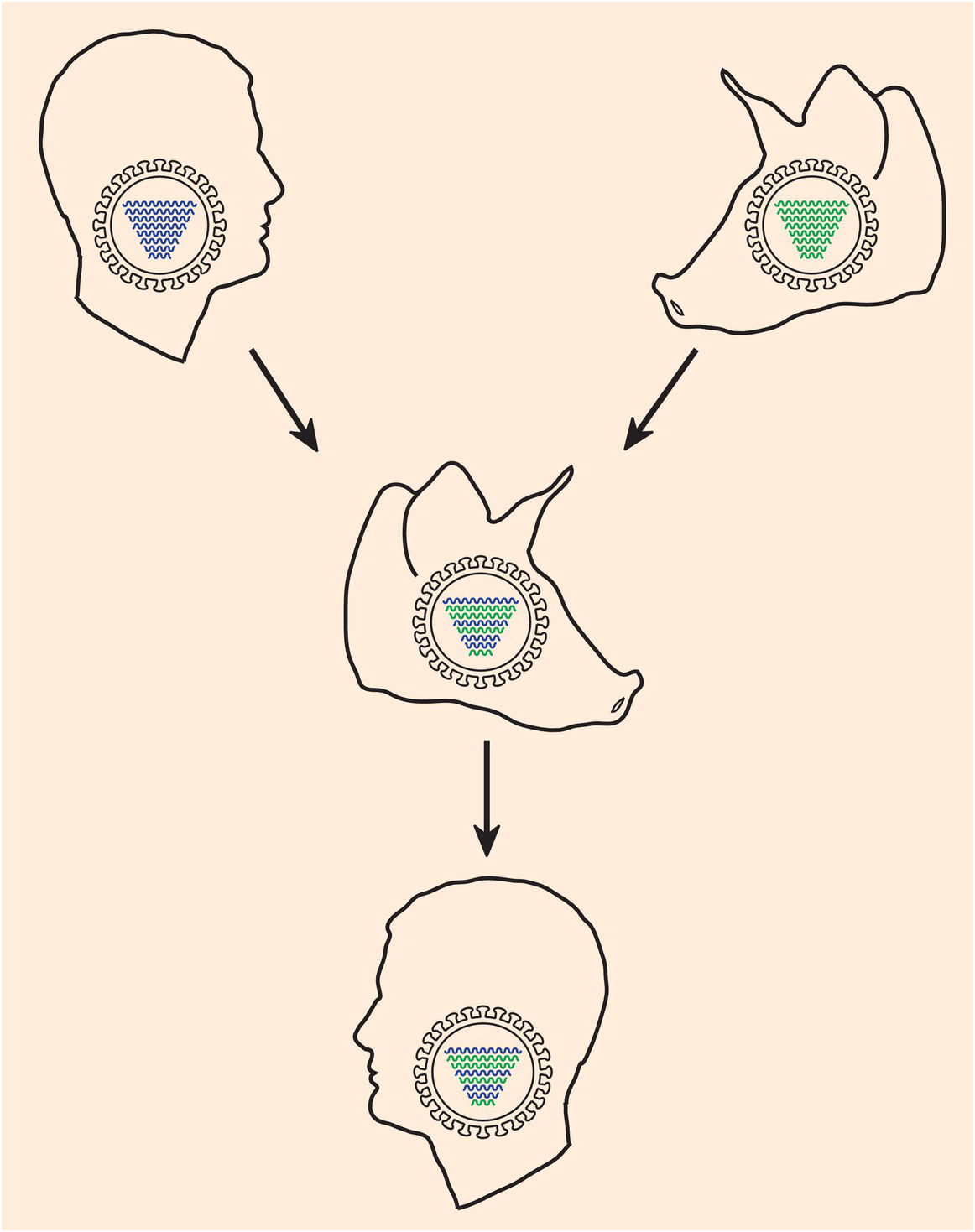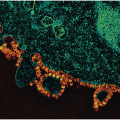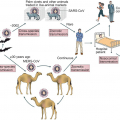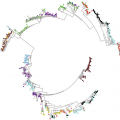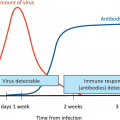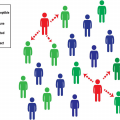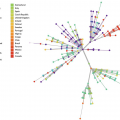Abstract
In the beginning of the COVID-19 pandemic, when people were trying to understand the severity of the disease, many comparisons were drawn between this disease and influenza. These comparisons have been a major cause of confusion and misinterpretation. Comparisons with seasonal flu, the influenza virus that comes every winter, led to the idea that the severity of the disease was similar, not taking into account that the virus that causes COVID-19 is new in the population, or that, unlike influenza, no vaccine or efficient antiviral treatment is known. The other comparison was with pandemic influenza, in particular the Spanish Influenza that caused tens of millions of deaths in 1918. The virus responsible for the 1918 pandemic was new in the population, expanded quickly, and caused a significant number of deaths in young adults. That was a time of global war, when influenza viruses were not even known to be the causative agent, and treatments were less developed.
In the beginning of the COVID-19 pandemic, when people were trying to understand the severity of the disease, many comparisons were drawn between this disease and influenza. These comparisons have been a major cause of confusion and misinterpretation. Comparisons with seasonal flu, the influenza virus that comes every winter, led to the idea that the severity of the disease was similar, not taking into account that the virus that causes COVID-19 is new in the population, or that, unlike influenza, no vaccine or efficient antiviral treatment is known. The other comparison was with pandemic influenza, in particular the Spanish Influenza that caused tens of millions of deaths in 1918. The virus responsible for the 1918 pandemic was new in the population, expanded quickly, and caused a significant number of deaths in young adults. That was a time of global war, when influenza viruses were not even known to be the causative agent, and treatments were less developed.
In this chapter, I explain whether influenza can be compared to coronaviruses. I discuss pandemic and seasonal influenza, and how the two diseases compare. I also discuss some of the historical examples of how, in 1918, different systems dealt with the surge of cases and the overloading of the healthcare system.
Is the Influenza Virus Related to Coronavirus?
No, definitely not. These are very different viruses. Influenza viruses are similar in size to coronaviruses, but the genome of influenza is much smaller, with only 13,000 nucleotides split into eight different segments (Figure 7.1). The replication strategy, the way of entering the human cells, and the range of hosts are very different from SARS-CoV-2.
Figure 7.1 Structure of the influenza A virus and how viruses can be reassorted to generate new genetic variants. Influenza A is a segmented RNA virus, with its small genome of 13,000 bases split into eight different segments. Each segment codes for one or two genes. The three longest segments code for the replication machinery, the polymerase, composed of three different proteins: PB2, PB1, and PA. The genome is covered by a nucleoprotein that protects the RNA. The genome is inside a capsid made up of the matrix protein. Like coronaviruses, influenza viruses are enveloped viruses and are covered by a lipid bilayer membrane taken from the cells they infect. In the surface of the virus there are two proteins, the hemagglutinin and neuraminidase. These proteins are usually used to give the name to the virus. For instance, a H1N1 virus has a H1 type of hemagglutinin and an N1 type of neuraminidase.
What Is Pandemic Influenza?
The natural hosts of influenza A are aquatic birds, including ducks, swans, geese, and gulls (Figure 7.2). These birds are usually found infected with influenza A viruses, but they are asymptomatic. However, influenza A is also found in mammals including pigs, horses, seals, and humans. Generally, influenza viruses infecting a host are not able to infect other hosts. A pandemic influenza is a virus residing in a non-human host that acquires the ability to infect humans and adapt to humans, expanding in the human population across the world. How do these viruses acquire the ability to infect and propagate in humans? Influenza viruses evolve through two main mechanisms. The first is the accumulation of mutations. The second is a process called reassortment, in which two viruses are able to generate progeny containing genomic material from both of them. Reassortments in influenza are like recombinations in coronaviruses – a way of combining genetic material from different viruses. Reassortment is a particular way of generating new variants in viruses with segmented genomes – genomes made up of different independent fragments or segments. While coronaviruses have the genome in a single strand, segmented viruses, such as influenza, have the genome split into fragments. New viruses can be generated by different combinations of these fragments. Through reassortment, new influenza viruses are able to acquire genes from viruses that are able to infect humans (Figure 7.3).
Figure 7.2 Influenza A viruses can be found in many hosts. The most common hosts are aquatic birds. Some aquatic birds, such as ducks, geese, and swans, are frequently infected with influenza A viruses. These infections are usually asymptomatic and do not cause disease. However, a few of these viruses can mutate into highly pathogenic forms that can be deadly for these animals. For instance, H5N1 viruses can kill birds and humans. Influenza A viruses can also be found in swine, horses, bats, and humans, among many others.
Figure 7.3 Reassortments generate new influenza genetic variants. Influenza A viruses can generate new variants by combining the genomic information from several different strains in a process called reassortment. Reassortment occurs when two different viruses infect the same cell and generate progeny containing segments from the different parental strains. The reassortment process can give rise to new viruses in a host by incorporating segments from viruses circulating in a different host. In the example given here, a mix of a human and a swine virus co-infects the same cell in a pig, generating a new virus able to infect humans. This is the main evolutionary mechanism that gives rise to influenza pandemic viruses.
There have been three influenza pandemics in the twentieth century (in 1918, 1959, and 1968), and another one in 2009 (Figure 7.4). The pandemic of 1918, the Spanish Influenza,1 caused 50–100 million deaths around the world. Given that the population of the world at that time was 1.8 billion people, the total population fatality is estimated to be close to 3%. By contrast with SARS-CoV-2, it mainly affected a younger population, people in their twenties to forties. At the time the situation was captured in pictures (Figure 7.5) and narrated in books and letters, such as this one sent from a physician working in a camp near Boston:
This epidemic started about four weeks ago, and has developed so rapidly that the camp is demoralized and all ordinary work is held up till it has passed … These men start with what appears to be an attack of la grippe or influenza, and when brought to the hospital they very rapidly develop the most vicious type of pneumonia that has ever been seen. Two hours after admission they have the mahogany spots over the cheek bones, and a few hours later you can begin to see the cyanosis extending from their ears and spreading all over the face, until it is hard to distinguish the coloured men from the white. It is only a matter of a few hours then until death comes, and it is simply a struggle for air until they suffocate. It is horrible … We have been averaging about 100 deaths per day, and still keeping it up … We have lost an outrageous number of nurses and doctors … It takes special trains to carry away the dead. For several days there were no coffins and the bodies piled up some-thing fierce, we used to go down to the morgue (which is just back of my ward) and look at the boys laid out in long rows. It beats any sight they ever had in France after a battle. Good-by old Pal, God be with you till we meet again.
Stay updated, free articles. Join our Telegram channel

Full access? Get Clinical Tree



